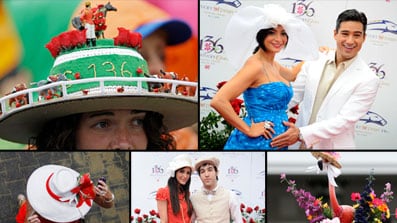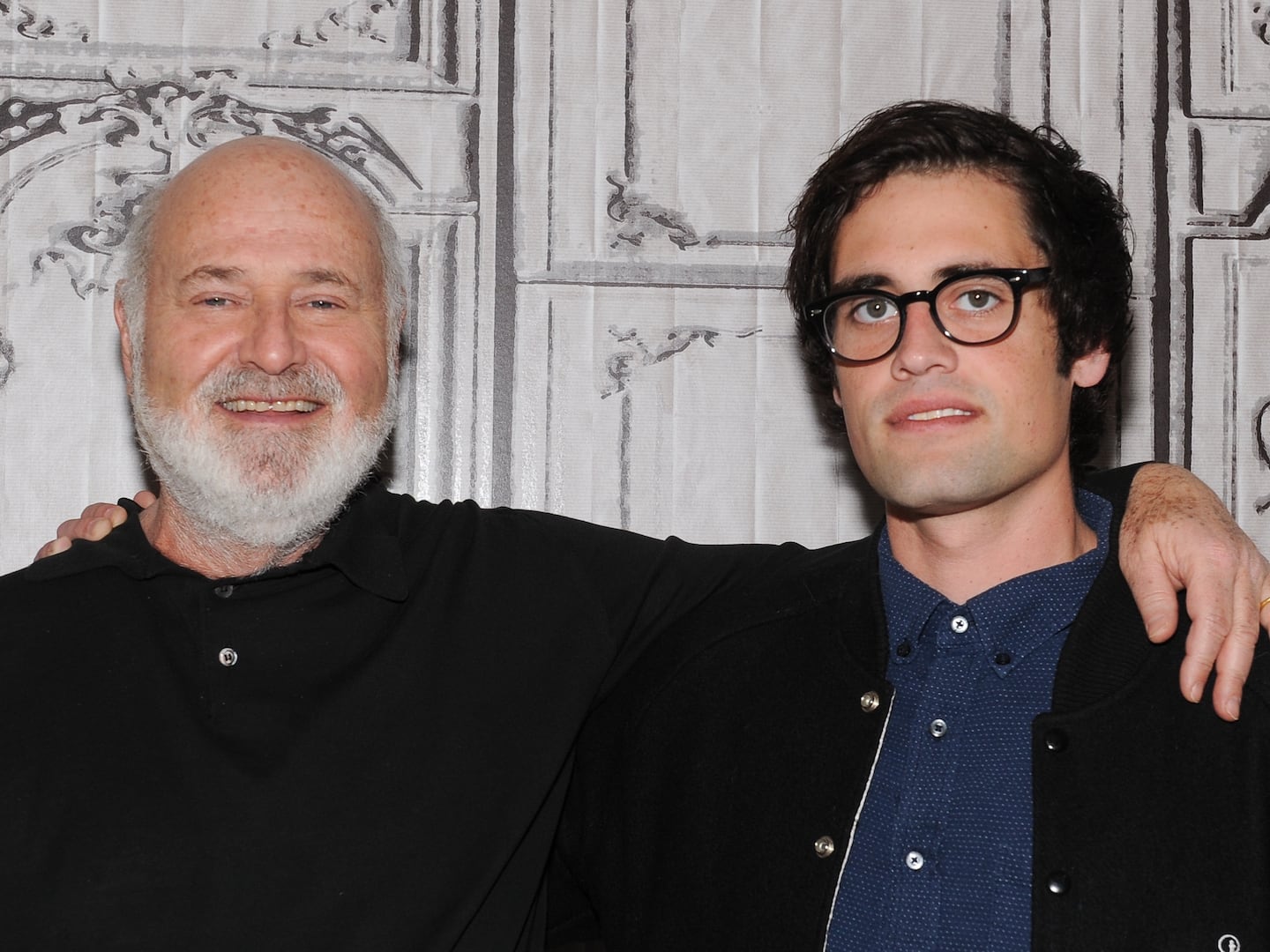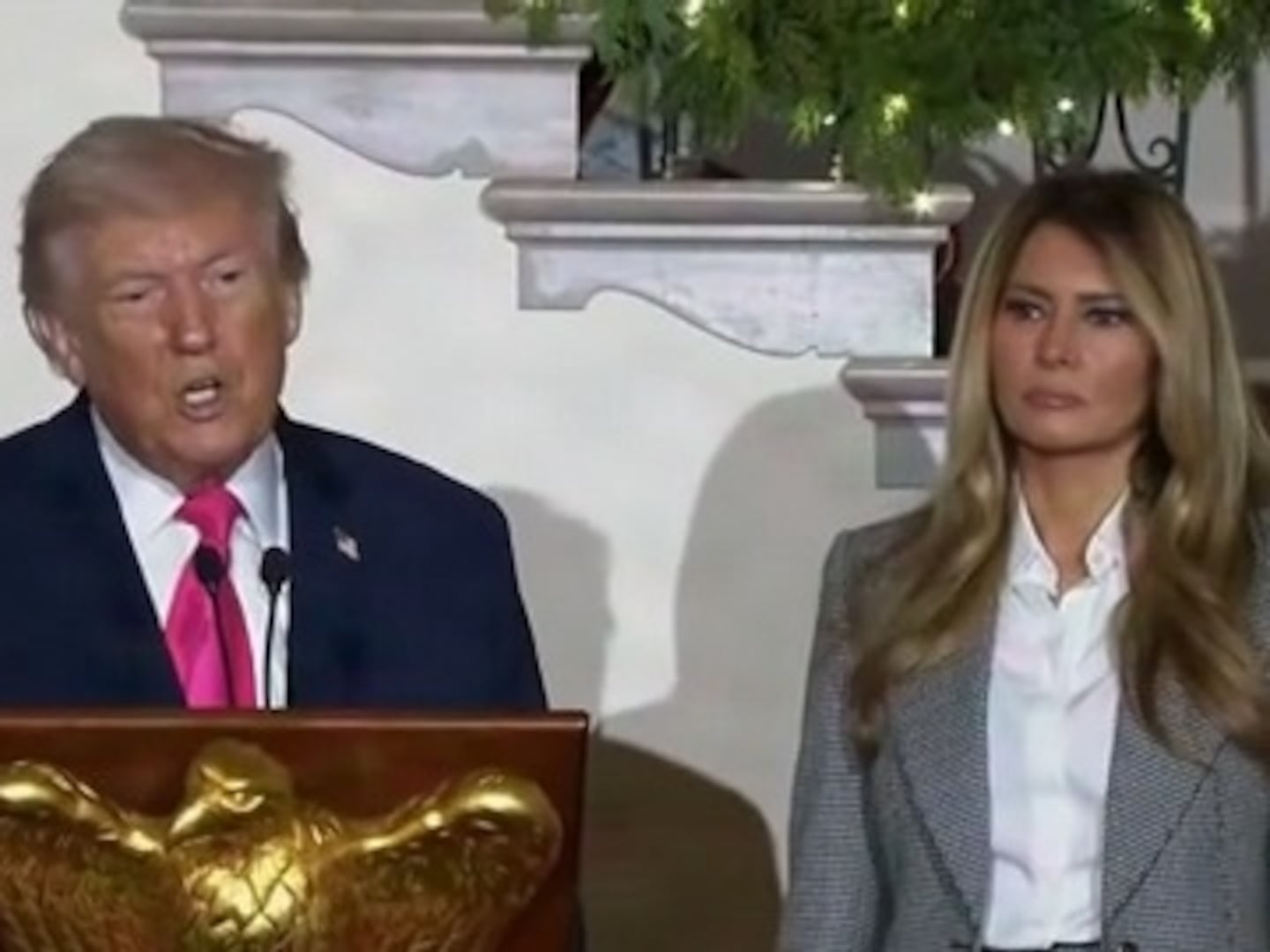The 136th Kentucky Derby was the kind of sporting event that William James would have loved. Rather than conform to anything resembling the Platonic ideal of a horserace, a drama with a clear-cut protagonist facing rivals worthy and far-fetched, this year’s Run for the Roses became a stampede without a story line after a supposed superhorse named Eskendereya dropped out last Sunday with a bum leg. In lieu of a true favorite, the public had Lookin at Lucky, a trouble-prone colt with a bad post position and odds about as warm as an office-party pizza. Almost all of the other 19 were longshots or semi-longshots with an equally unknown and unknowable chance of handling what turned out to be a rain-soaked racing surface. This wasn’t a field—it was what James would have called “a universe of eaches.” I didn’t care; I bet $40 on a horse called Ice Box and sat down to watch several hours of jockeys saying, “I don’t have a plan—I’m just gonna wait for the gate to spring open,” which along with the shots of ladies in large hats, and the segment on how to make a mint julep, is a traditional part of the TV coverage.
Click Image to View Our Gallery of the Kentucky Derby

My pick turned out to be good, but exactly two and half lengths less smart than that of a Houston man named Glenn Fordson. The NBC team was only several plan-less jockeys into their broadcast when they brought out Fordson, explained that he had won a contest entitling him to make a “mythical $1 million bet,” and asked him which horse he wanted to back. He said “Super Saver,” and an assistant passed an attaché case full of actual money, which they apparently use on TV to symbolize the mythical stuff, to a mutual clerk. When jockey Calvin Borel urged Super Saver to the lead halfway down the homestretch, using the extra-muddy inside lane which commentator Gary Stevens, an ex-jockey, had said all of the smart riders would surely want to be avoiding, Fordson at last was handed his betting slips, now worth about $900,000. Asked what had attracted him to the horse (who paid $18 for a two-dollar ticket), he said a good record on muddy tracks and of course the jockey.
The 43-year-old Borel is one of the few jockeys that people who do not follow horseracing have heard of. He has now won three of the last four Derbies, including last year’s, when he took the 50-1 shot Mine That Bird up that same swampy strip, then hit the talk shows, just as he did in 2007, when he won with Street Sense. Bob Baffert, the trainer of Lookin’ at Lucky (who finished sixth yesterday) said his wife refers to Borel as “that frickin’ Calvin Borel,” but the public loves him because he is so sweet-seeming, calls everyone “sir” and “ma’am” and cries after Triple Crown victories. Yesterday, the camera caught him crying before the race, during the playing of “My Old Kentucky Home.” In interviews, a lot is made of his dropping out of school early (like way early, like don’t ask exactly how early) so he could spend more time around horses, but he seems to have been in attendance on the day they taught that the shortest trip to the finish line is on the inside.
With Super Saver Borel had no plan. He just waited for the gate to spring open and took it from there, which this time meant hanging back in the early going and gradually improving his position. “Calvin Bo-rail,” as they sometimes call him, had to veer off the wood only once in the mile and a quarter, to pass another horse (Conveyance), and so it will be said, as he heads toward the two remaining races in the Triple Crown, the Preakness (May 15) and the Belmont (June 5) that Super Saver hasn’t yet proven he can handle adversity, that we don’t know yet if he is anything near great. That much is true. But what this colt has done is given the horseracing season a coherent narrative, a champion to cheer or to criticize. And that is comforting, even if William James and a lot of horseplayers will tell you that when the universe starts looking orderly it is just messing with you.
Charles Leerhsen is the author of Crazy Good: The True Story of Dan Patch, The Most Famous Horse in America.






